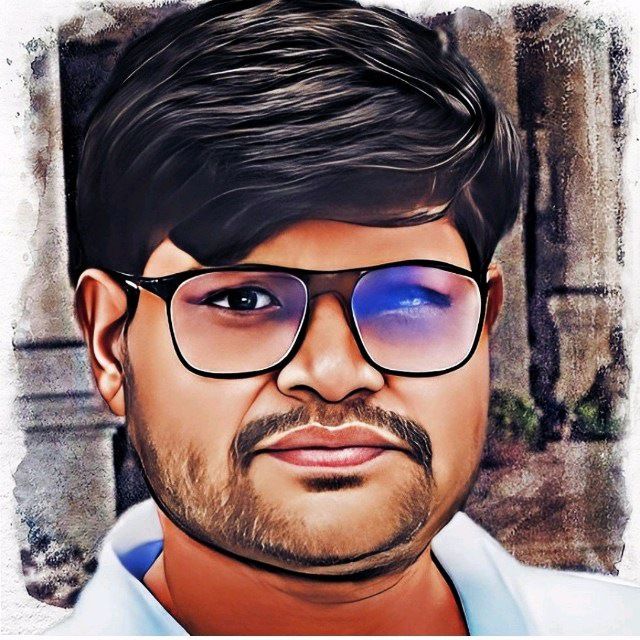721 reads
What is DeFi and Why it is so Important?
by
September 3rd, 2021
Audio Presented by

Anurag Is a Crypto Trader with a passion for writing about Technology, Web3, Metaverse, AR Startups, And Cryptocurrency.
About Author
Anurag Is a Crypto Trader with a passion for writing about Technology, Web3, Metaverse, AR Startups, And Cryptocurrency.